
‘To dispense with the straightforward biographical information: Sherrie Levine was born in 1947 and grew up outside Saint Louis. A baby boomer from the American suburban 1950s with its nativist patriotism and ugly racial politics—she recalls the films of that dark bourgeois ironist Douglas Sirk as a serious distraction in those years1—she enrolled at the University of Wisconsin in 1965 and was there (BA, 1969; MFA, 1973) during the heyday of anti-Vietnam War actions on campus, reading Herbert Marcuse and Franz Fanon (and no doubt Jorge Luis Borges), steeping herself in French and German New Wave cinema, and encountering project-oriented artistic practice through visiting California conceptualist Stephen Kaltenbach. Originally trained as a painter and printmaker, her early work was in collage, and some of these were included by curator-critic Douglas Crimp in a now-famous 1977 exhibition, Pictures. Around 1980, she began rephotographing photographs by canonical Modernist photographers and in 1981 she had her first (and only) one-person show at Metro Pictures, in which she exhibited twentytwo images from her photographic series, “Untitled, After Walker Evans,” presenting beautifully printed photographs of reproductions of photographs taken by Evans for the FSA. The show was a scandal and success in the New York art scene; Levine’s rephotographic projects were rapidly assimilated by critics as key emblems for the “Pictures Generation,” a loose-knit group of artists working both materially and theoretically with reprographic techniques and best identified with Crimp’s 1977 show and his two essays of the same name, and with his colleagues at the journal October. As Levine would put it in a 1986 interview, “At the time, my support systems were critical rather than financial. October was the earliest of these systems.” Ensuing decades have seen her practice materially broaden to take up the technique of casting, which she has done in base and precious metals and in glass, as well as painting, printing, and papermaking, and the contemporary genre of installation. If the techniques remain essentially reprographic, the consistent through-line is the exploration of the economies established by the “retinal” (as Marcel Duchamp put it) and its “non-retinal” supplements. In November of 2011, the Whitney Museum of American Art mounted Mayhem: Sherrie Levine, a major career retrospective presenting over three decades of work.
‘Levine’s first solo show in New York took place in the same year as Pictures. The exhibition—Two Shoes for Two Dollars— presented (and sold) seventy-five pairs of boys’ dress shoes. The strategy was Duchampian updated by sales receipts. Levine had found the shoes in a Bay Area thrift store in the early seventies and had carried them with her to New York.
‘In 1977, she recalls, the director of the 3 Mercer Street Store had been “looking for artists who wanted to show things… that weren’t the kind of thing you find in a gallery, but which made reference to the store…. [W]e did a show that took place on two weekends…. Two shoes sold for two dollars, and they sold out immediately.” The obvious critical route in was via the concept of the fetish, both in the Freudian and in the Marxian sense, but the loaded content and seriality of these miniature bluchers also suggested the expansion of these two reference points via a third trope, that of fractured or only obliquely apprehended narrative. “Seeing all those shoes spread out on a table, one inevitably wished to animate them, to invent stories in which they became the synecdochic characters,” Crimp would write in his essay for Pictures. The critic’s discussion marked out an epistemological shift that he had not yet named but which, by the time the catalog essay was revised for the pages of October, he had identified as “Postmodernism.” In this second “Pictures” essay, Crimp elaborated on the implications of the peculiar melancholia of which Levine’s shoes were symptomatic: “If it had been characteristic of the formal descriptions of modernist art that they were topographical, that they mapped the surfaces of artworks in order to determine their structures, then it has now become necessary to think of description as a stratigraphic activity,” one addressed to “processes of quotation, excerptation, framing, and staging that constitute the strategies” of contemporary work.
‘“Every word, every image, is leased and mortgaged,” Levine writes, in a 1981 artist’s statement. “We know that a picture is but a space in which a variety of images, none of them original, blend and clash. A picture is a tissue of quotations drawn from the innumerable centers of culture…. We can only imitate a gesture that is always anterior, never original.”6 Indeed, the standard interpretation of Levine’s work has subsumed it under the banner of the copy in its property form, appropriation. As such, the work stands as a near-zero-degree statement of picturing or, more generally, re-presentation; and thus, like Duchamp’s readymade, it presents a dead end that is also an intellectual wormhole.’ — Judith Rodenbeck
____
Further
Sherrie Levine @ David Zwirner
SHERRIE LEVINE: MAYHEM
AfterSherrieLevine.com
Sherrie Levine @ Xavier Hufkens
Book: ‘Sherrie Levine’
Book: ‘Sherrie Levine: After Reinhardt’
We need to talk about Sherrie Levine.
Sherrie Levine’s Double Takes
Alex Kitnick on Sherrie Levine
Sherrie Levine: From Appropriationnism to Simulationnism
STATEMENT – SHERRIE LEVINE
The feminism of Sherrie Levine through the prism of the supposed “death of the author”
Postmodern Art Explainer: Sherrie Levine, “Fountain (Buddha)”
Sherrie Levine’s Art History
Sherrie Levine: A Matter of Indiscernibility
How to Explain Sherrie Levine to Your Grandmother
History As Imitation of Life: Sherrie Levine
____
Extras
The Case for Copying
Portrait of an Artist – SHERRIE LEVINE
Sherrie Levine – Pie Town
Sherrie Levine – February 24 – April 2, 2016
_____
Interview
from Flash Art

Paul Taylor: I don’t remember reading any interviews with you before…
Sherrie Levine: There have been a couple.
PT: Nevertheless, somebody said to me that if artists were paid according to the amount of criticism written about them you would be a millionaire.
SL: I guess that’s true.
PT: Has there been an exceptional amount of critical attention for your work, at least in the US?
SL: I guess there has been. I’m really grateful for it. Part of the reason is that I consider it my job to try to be articulate about what my project is. It makes writers’ jobs easier.
PT: You use the word “project.” A project is like an assignment with a definite goal, an end. Is that the case with your work?
SL: When I said the word I wondered if that’s really what I meant. On some level I think about it like that. It’s a game for me, on one hand. Obviously I have my own obsessions, like anybody else, and they pop up all the time.
PT: You just divided your practice into two: game and obsessions.
SL: There’s a compulsion to repeat. In other words, the game is never won.
PT: Has there been a psychoanalytical analysis of your work?
SL: Some of the feminist critiques that are coming out of Lacanian theory. I can’t think of anything extensive.
PT: It sounds like a reading that you’ve made yourself.
SL:Yeah, most recently. In my earlier career there was a lot of Frankfurt School theory being applied. Then as I’ve rekindled my interest in psychoanalytic theory, the critics picked up on that.
PT: There was the point made about your earlier work which was that you appropriated images from art by men. You were cast as a women re-making men’s imagery.
SL: In the late ’70s and ’80s, the art world only wanted images of male desire. So I had the sort of bad girl attitude: you want it, I’ll give it to you. But of course, because I’m a woman, those images became a woman’s work.
PT: What does the expression, “images of male desire mean”?
SL: It means that you consider the great modernist paintings as images or representations of their desire… At first I found Lacan extremely difficult, but when I really started to get interested in it I read a book called Feminine Sexuality with two very good introductory essays by Juliet Mitchell and Jacqueline Rose. That was a real turning point for me.
PT: Why did you become interested in Lacan at roughly the same time as everybody else here? Why did Americans and others suddenly become enamoured with this work?
SL: Speaking for myself, I found Frankfurt School theory insufficient, and I had an intuition that an answer might be in a more psychoanalytic reading of things. As an artist, I make the pictures that I want to make and I look for theory that I think is going to help me in a different kind of language. It’s not that the theory precedes the work.
PT: Certainly, some theoreticians are incredibly influential — in my case it was Barthes — but I wonder whether in time these names will be flushed out of the art system like Merleau-Ponty and Wittgenstein did.
SL: I also watch television, eat in restaurants and buy clothes. I do a lot of things, including reading theory. It’s not like I’m setting up hierarchy where the theory comes first and everything else comes second. It’s an activity that I enjoy, basically. It’s another kind of play. I had this idea today — it’s a rather unformed idea so I’m reluctant to put it into print, but I’ll see what you say about it. I was thinking that what is wrong with a lot of Frankfurt School theory is that it assumes that art is about power and that, for me, art is about play.
PT: Is play about power too? It does involve oppositions and competition, and often a victor and vanquished.
SL: I guess that play can be a theatrical representation of power.
PT: Why do the art world and a lot of artists privilege the intellectual pursuit over those entertainments that you mentioned?
SL: I think it’s because we’re worried that they won’t take us seriously.
PT: So what do you think of journalists who write about an artist’s taste in shopping, or movies or records. Is that valid criticism?
SL: Sure. But I don’t think it’s true that all critics want to discuss artists in intellectual terms to begin with. All artists don’t read. There have always been critics who are intellectuals and artists who are intellectuals, but they are not necessarily the whole situation. And I don’t want to imply that they’re in any way better than artists who aren’t intellectuals.
PT: You mentioned your obsessions. What are they? What do you call them?
SL: It’s funny. I was just reading an interview with Ross Bleckner who said that the reason he makes art is because he can say things that he would never allow himself to say in any other language. I feel pretty close to that.
PT: Do you have names for these things?
SL: Yes, but not for public consumption [laughs].
PT: Do artists often withhold the truth about the productive mechanism of their work —their career moves, what we politely call their “strategies”?
SL: Right. But the unconscious is often what makes art compelling. If we weren’t artists we might be hysterics.
PT: In art now, in New York, the unconscious is all you’re allowed to talk about. The conscious aspect of the art production, the realities of its marketing, is what remains unspoken. It reminds me of Warhol’s quip on Popism — that Pop art put the outside on the inside and the inside on the outside, which is like the situation in this neo-Pop era: the consciousness of art is the career moves of an artist, but this is hardly ever admitted.
SL: One of the reasons that I talk about it with you is that you don’t get offended by it. We’re not really supposed to talk about it.
PT: When your stripe paintings first surfaced, you told me that you considered them to be generic stripe paintings. Later I spoke to the editor of an American art magazine and she used the same word. In a sense, there’s almost a generic response to your generic stripe paintings. In fact they’re generic history paintings referring to the history of the stripe — referring to Brice Marden, Blinky Palermo, Bridget Riley, even Kenneth Noland. Is the act of reference the content of the paintings?
SL: That’s just the modus operandi. The content is the discomfort that you feel at the déjà vu that you experience. The discomfort that you feel in the face of something that’s not quite original is for me the subject matter.
PT: Does that mean that you do not have to continue to appropriate photographs and paintings to elicit that response?
SL: What I discovered is that it’s even more troublesome when something’s almost original.
PT: If you’re trying to create a feeling of déjà vu, then you are addressing a quite specific viewer — one who knows art history and one who knows your work.
SL: Right, I guess that’s my ideal viewer. Others experience them, I think, as formal paintings. I think all artists have a very small, idealized audience, and whoever else likes the work, well, that’s great.
PT: That audience is like your super ego. Do you address a general viewer in your works?
SL: I never think about it that way, so probably not.
PT: It seemed so at Documenta 7. The Egon Schiele appropriations were self-portraits of a male artist that referred curiously to the overall situation. How much irony was involved?
SL: Like an artist, I’m trying to describe my experience and because I’m a woman my experience is different from a man’s. I really thought it was a joke. Schiele always seemed to be the ultimate male expressionist, the ultimate bohemian, so I thought it would be amusing to try on his clothes, as it were.
PT: His birthday suit! You are suggesting that your earlier direct appropriations and your stripe paintings do the same thing, but the history of art has a different role in both of those oeuvres, however.
SL: Yes, and I seemed to have straddled two very popular movements. That’s my public persona. In terms of my private obsessions, nothing has changed very much.
PT: Would you appropriate the work of a woman artist?
SL: I never have, but …
PT: Would you appropriate the work of a contemporary?
SL: Never consciously, though I’ve been accused of it. I am very influenced by the work around me, sometimes I’m even more interested in the people who are not thinking about the things that I am thinking about. I think the original subject matter of my appropriated work was the anxiety of influence.
PT: I guess that you are referring to appropriation and the thing that’s happening now.
SL: You mean the New abstraction?
PT: Did you know that it was coming around the corner when you started painting the stripes?
SL: Well, I did know that I personally was very bored with figurative imagery. I suspected that a lot of other people were too, so when I did the drawings after Malevich, I just found it so refreshing after this bombardment of figurative imagery that we were all involved in, that it just seemed to me like a nice cool drink of water. So it made a lot of sense that other people thought that way too.
PT: You must have a fickle taste in imagery if you can get “bored” with figuration after a few years and want to go abstract.
SL: I think that people do something for a while, and then they get bored and do something else. Their major concerns probably don’t change very much. Certainly the symptomatic aspects change. It keeps life interesting. “Fickleness” has a pejorative edge to it that I don’t think is appropriate. One has to keep oneself interested.
PT: So the figurative or abstract face of your work is just the exterior.
SL: Yes. They’re not really crucial.
PT: But the interior is invisible.
SL: In a way, yes — the things that I really care about. The struggle for any artist is how to represent what the real conflicts are.
PT: What are they?
SL: In the most abstract sense, I think that I’ve always been involved in issues of representation, what it means to represent something.
PT: It was said that your appropriated photographs played a part in the ‘end of painting,’ but, when I first met you, you told me that you were going to make paintings to show that painting is not the enemy. It seems that if someone says that your work is about this or that, you prove them wrong.
SL: I take criticism very seriously, so when somebody says something that really strikes a wrong chord, then I realize that there must be some truth to it [laughs]. I think about it very hard and ask myself — why have I denied that aspect of my work, denied painting in this case. I have a painting up in the back room at Mary’s now and it’s next to an early Brice Marden. I looked at the painting and said to Mary that it’s really funny because I stopped painting because I believed that Brice Marden had made the last painting that anyone could make. It’s taken me fifteen years to see that endgame art is a field that I can move around in.
PT: The resistance to the idea of art as game theory is based in transcendental notions of the art. To many, it is a repugnant idea that an artist does something purely in response to the art world.
SL: But when I call it a game, I don’t mean that it doesn’t have any heart-felt components.
PT: The stripe paintings are the apotheosis of non-reference, as most abstract painting was in its idealist manifestations.
SL: That’s what I think is so amusing about the stripe paintings, that ostensibly they are non-referential, but on the other hand they have all these references.
PT: It’s ironic that while being so ‘empty,’ they’re so ‘loaded.’
SL: Which is the opposite of the direct appropriations which appear to be so loaded in content but as photographs of photographs they have no referent, in a way. A Walker Evans is the same as an Edward Weston on a certain level, which annoyed a lot of people when I first did them.
PT: How long did it take for sales of your work to catch up with your critical reputation?
SL: People have been writing about my work since 1977. I’ve only started living off it in the last few years.
PT: Since 1984. What were you doing before that?
SL: A lot of waitressing and commercial art…Teaching.
PT: And laying-out The New York Review of Books too. Did you deliberately change your style for the sake of sales?
SL: It’s not that I changed my style, but I changed medium. I was playing one game and decided to play another game as well.
PT: To play the game of the market entailed greater visibility. What are the stages that an artist passes through in playing this game?
SL: No matter what you do as an artist, there are certain parameters, certain choices. The choices and things that curtail your activity are things like how much time you have, how much space, how much money…
PT: You knew that the stripe paintings would make you more money than your photographs.
SL: You’re asking why painting is privileged in this way? It’s an interesting question. I’m not sure about it. The more I make art, I see the reasons why people use these materials. It’s because they’ve been proven to last. When people try to use new materials, one is never quite too sure.
PT: It sounds very traditionalist.
SL: It’s ‘conservative’ in the literal sense of the word. But I haven’t abandoned the photographs. What I realized was that I could make them too. My decision to paint was a decision on the level of desire as well as a decision to work in a less marginalized area of the art world. I started out as a painter. I wanted to see what it felt like to allow myself to paint again. I find that I like painting more than I enjoy arguing with photolabs.
PT: I like the fact that some of your checkerboard paintings are called “Checks”… I guess that going to Mary Boone Gallery was a major step in the market game too.
SL: That’s one of those questions like, “when did you stop beating your wife?” [laughs]. I went there for all the obvious reasons. She’s a very good dealer. Mary talks a lot about artists being the Id of the art world. It’s certainly what my Schieles were about.
PT: What does it mean?
SL: It’s the part that acts without inhibition, that follows its own desire. That’s what I take it to mean.
PT: Is it destructive?
SL: Obviously we’re talking about a theater in which artists represent the Id. Artists are subject to all the things that everyone else is, but we’re given a kind of… rope which allows us to represent parts of ourselves that other people don’t allow themselves publicly.
PT: That’s the cultural agreement that privileges artists, sure. But what happens if that cultural agreement falls apart, if there’s a cultural disagreement? Isn’t this what is meant by the notion of an epistemic change?
SL: Yes, then something else will happen. In general, artists are now much better behaved than the generation before us, because we’re required to be.
PT: Do you want to see the roles change?
SL: Well, one nice thing about having success is that it brings with it a little bit of power.
PT: “Success is the best revenge”.
SL: That’s obviously true.
PT: But do we lose the will to transform things as we get more successful?
SL: I don’t know, I’m not that successful. It’s true: somebody asked Ralph Nader once why he didn’t run for president and he replied that if he was president he wouldn’t be able to do anything. The thing about the art world is that it’s not about real power. I think it’s highly developed play — for us and also for people who do have real power.
___
Show
Black Newborn, 1994
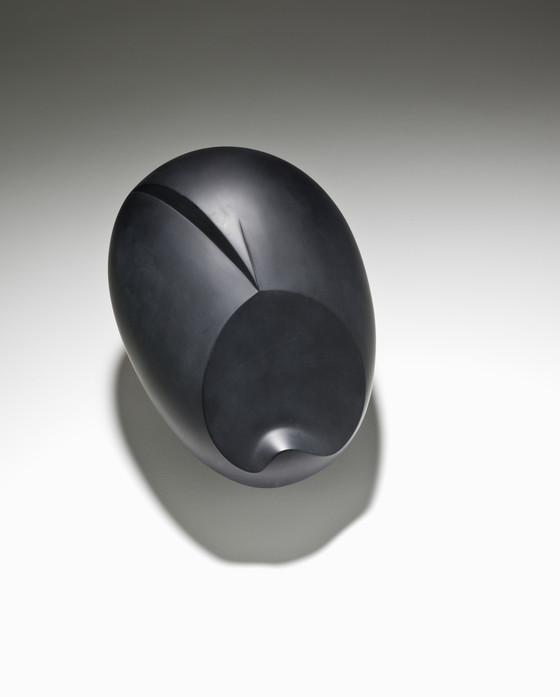
L’Enfant Juif, 2006

Fountain (Madonna), 1991
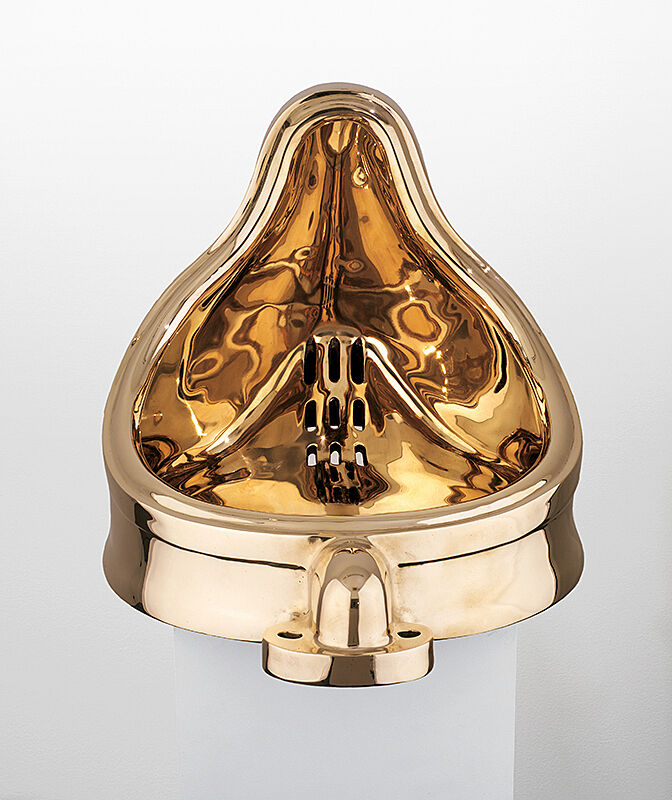
Crystal Skull, 2014
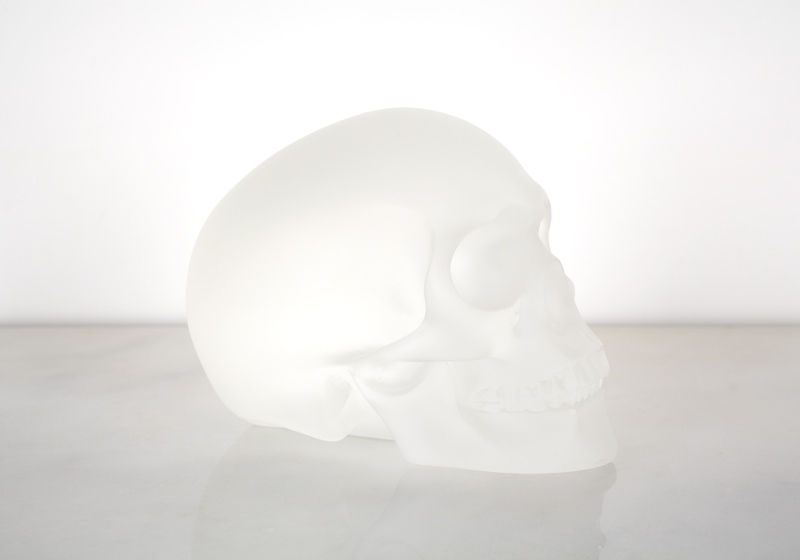
Light Bulb, 2000
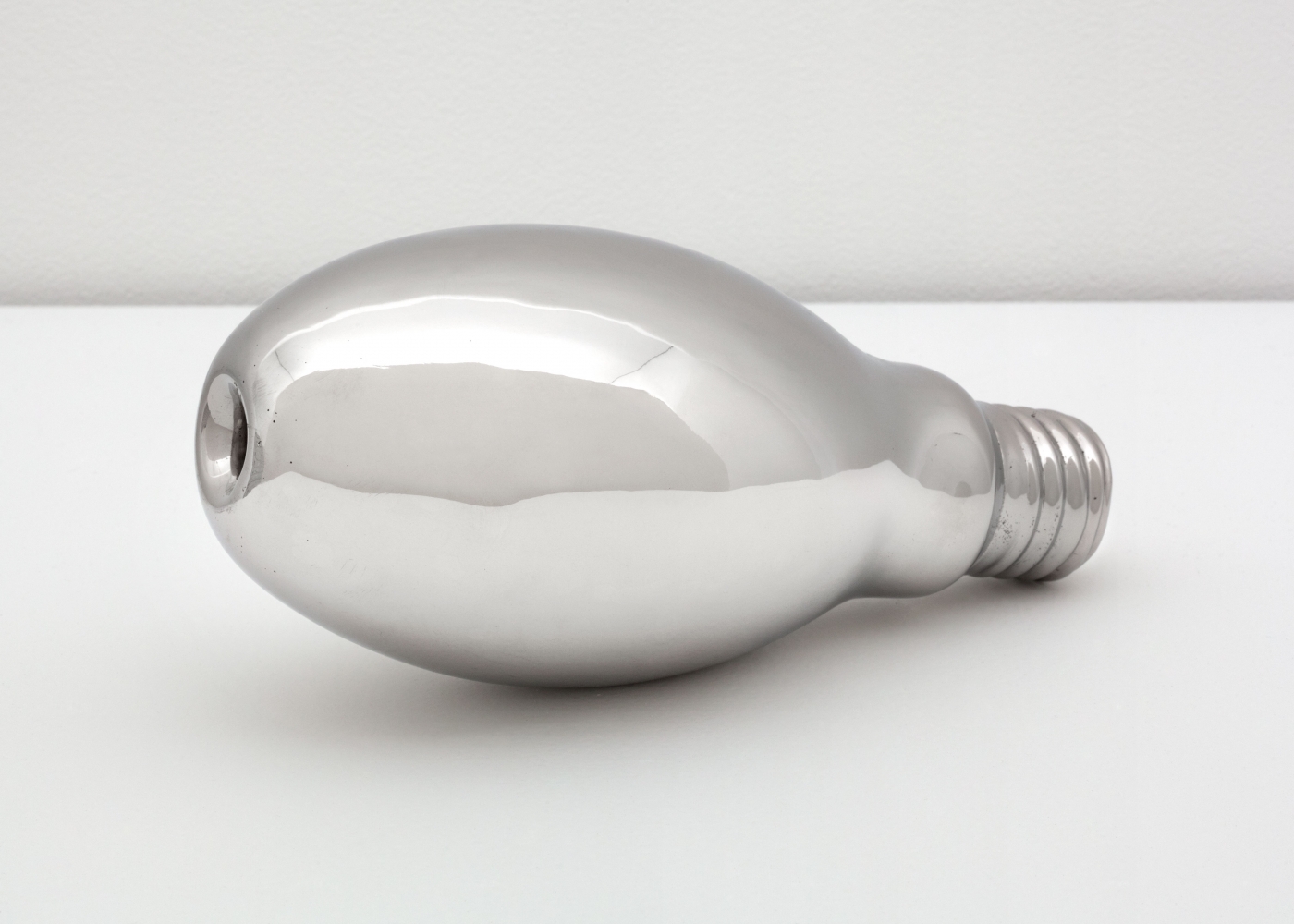
La Fortune (After Man Ray): 1, 1990
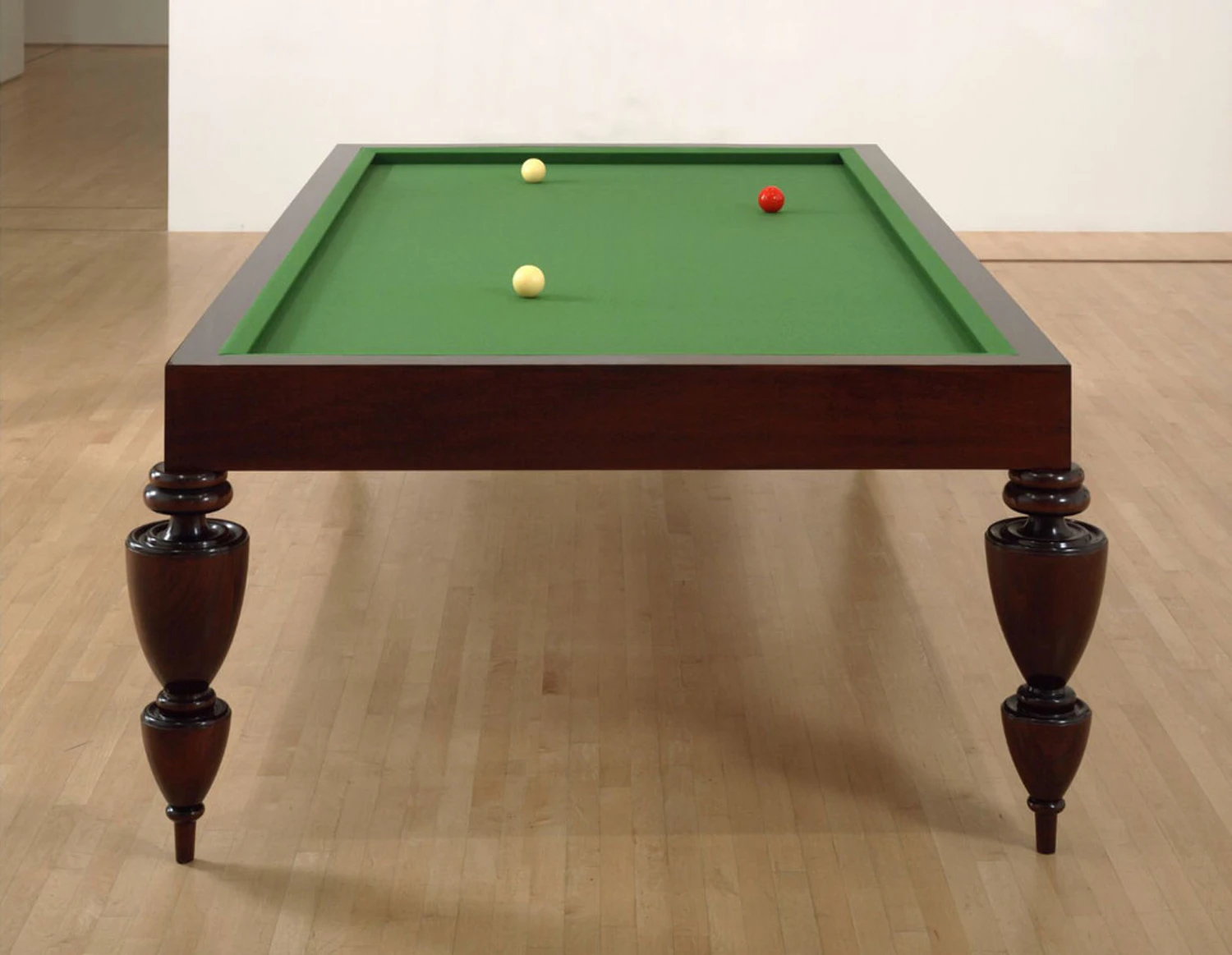
Une Pipe (A Pipe), 2001

Very large cradle, 2018
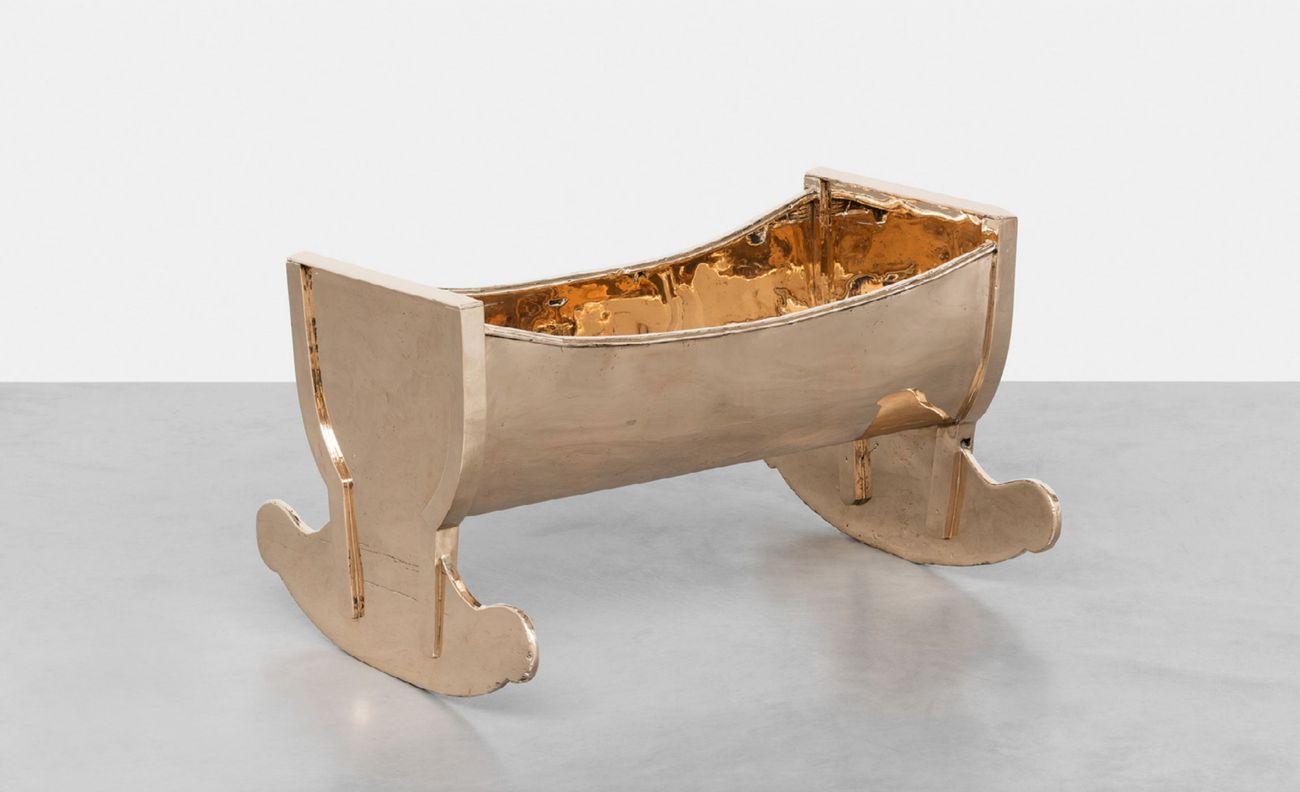
After Walker Evans, 1981

After Walker Evans: 4, 1981
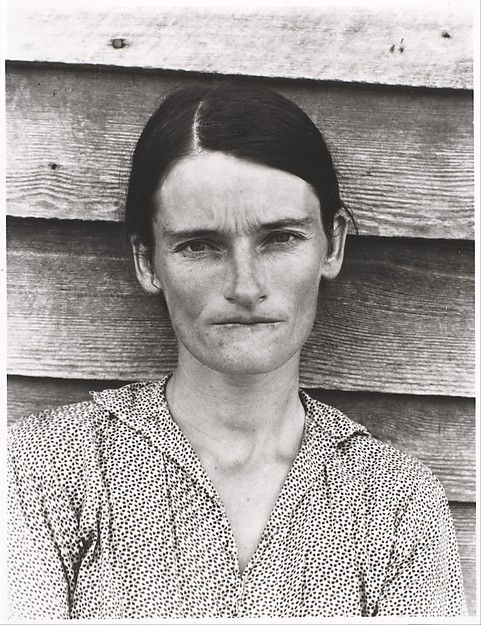
After Walker Evans: 7, 1981

Untitled (Presidents), 1979
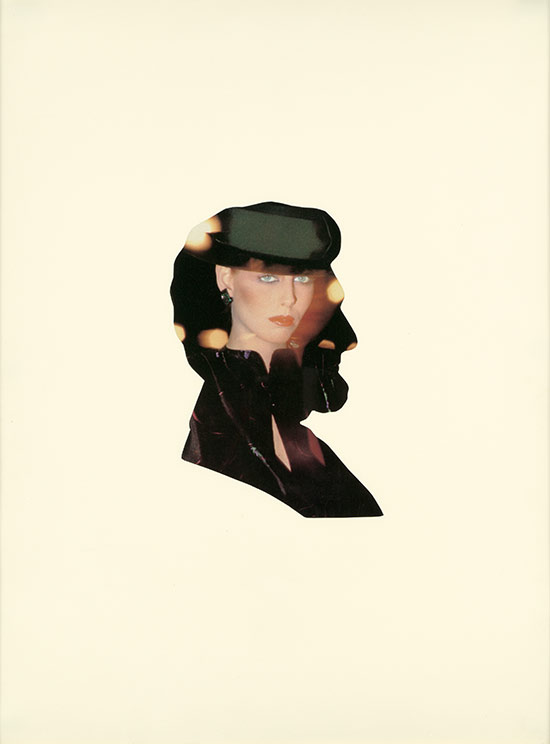
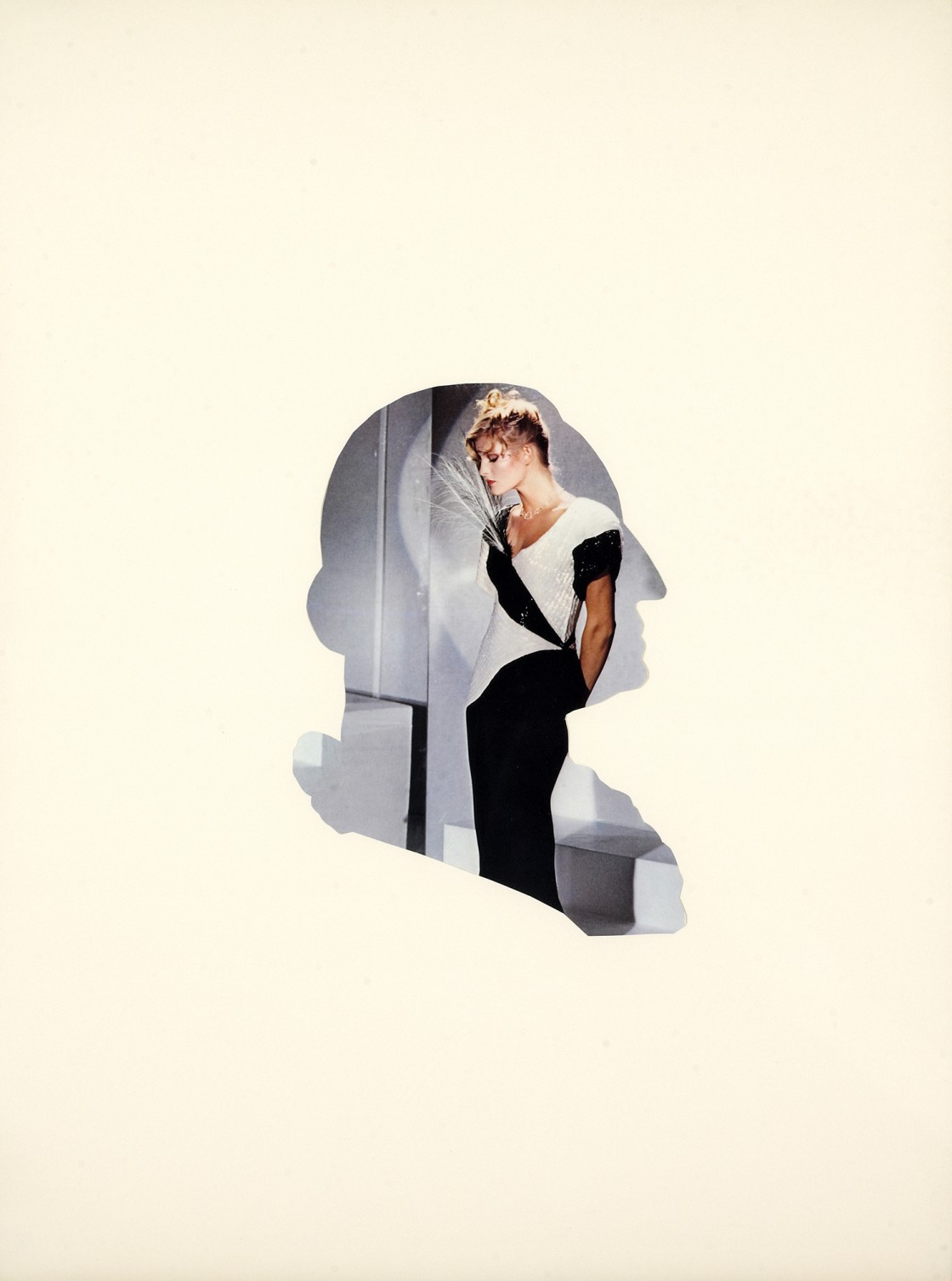

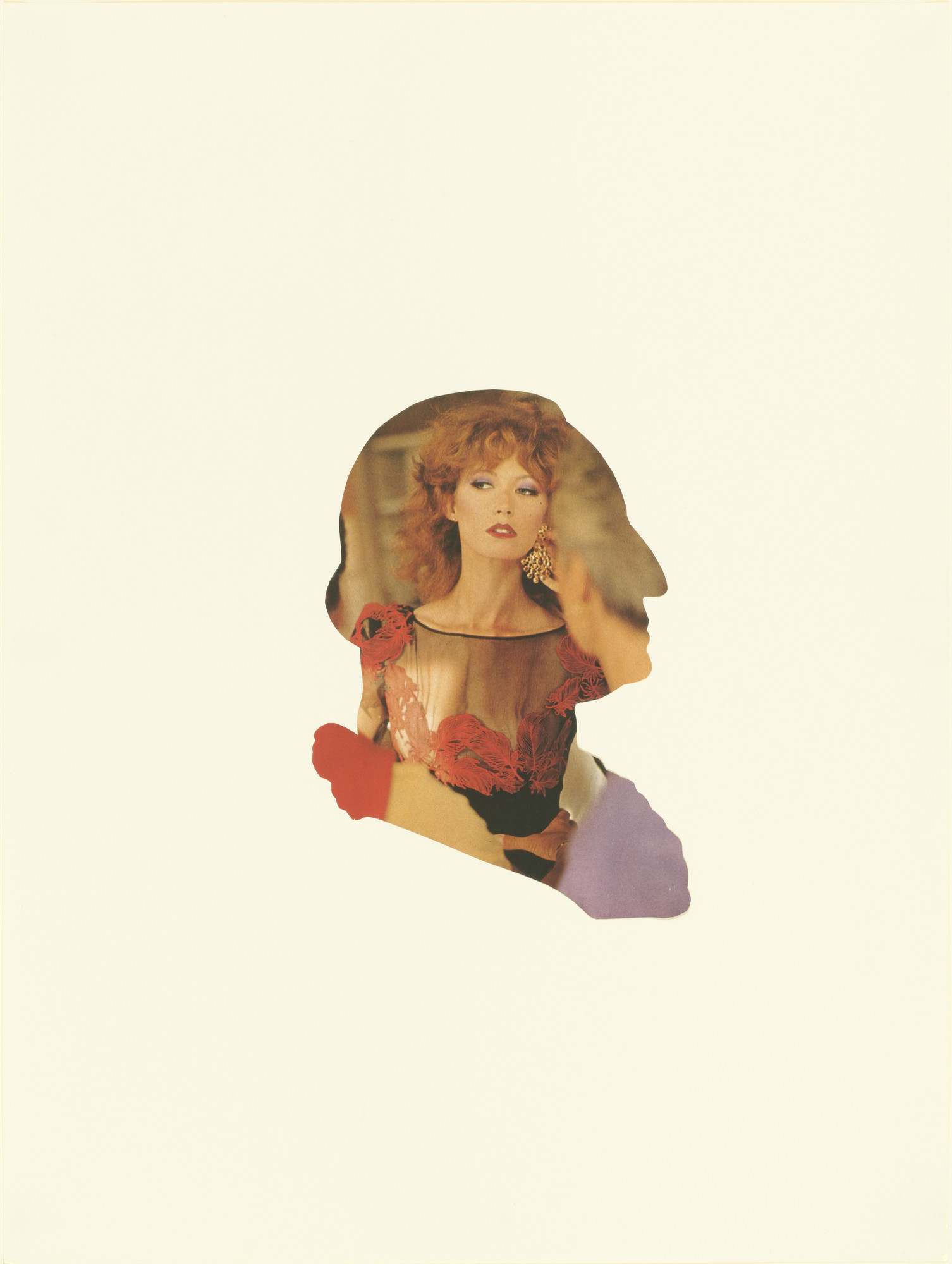
Untitled (hat), 2011
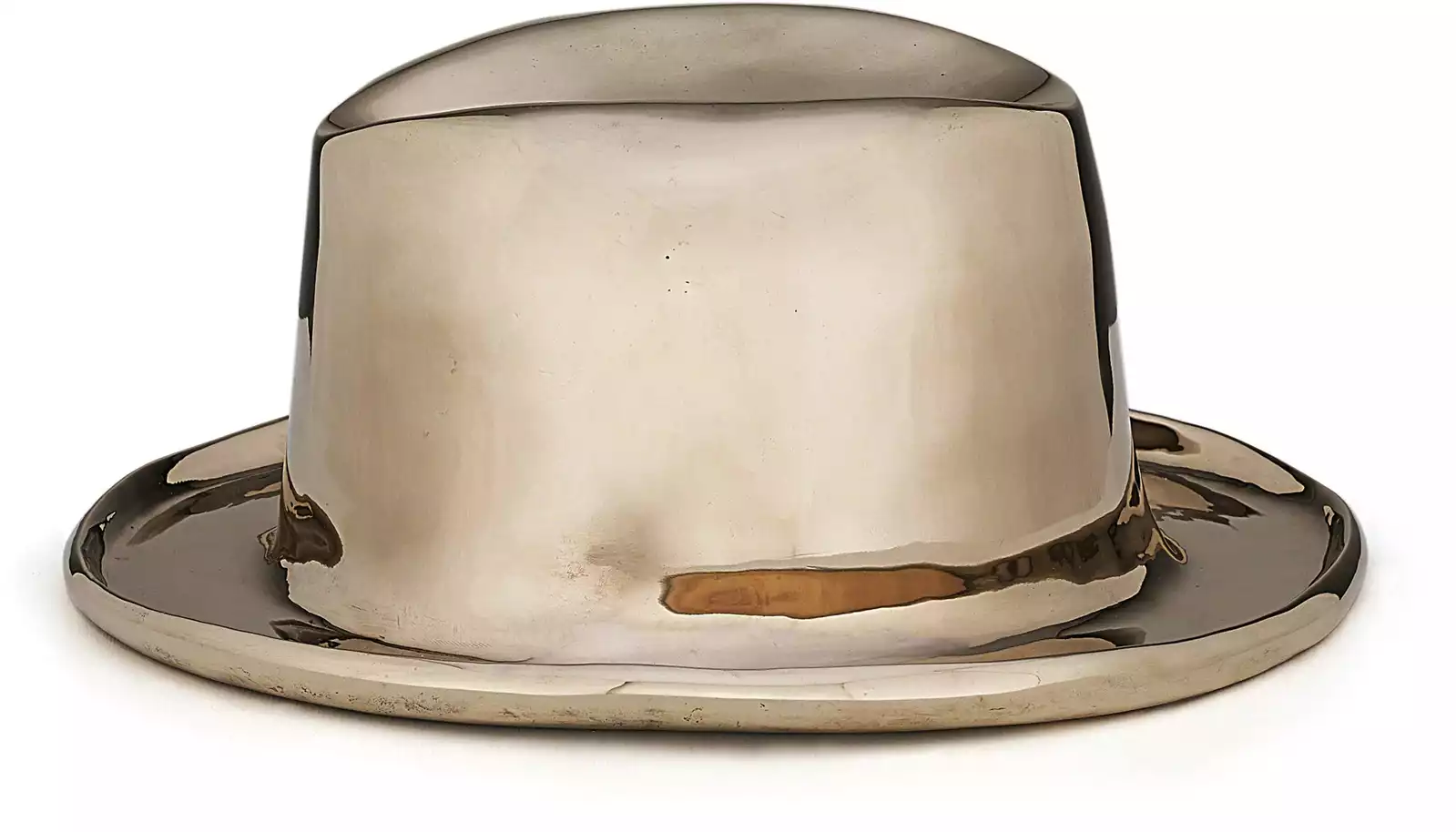
Beach Ball after Lichtenstein, 2015
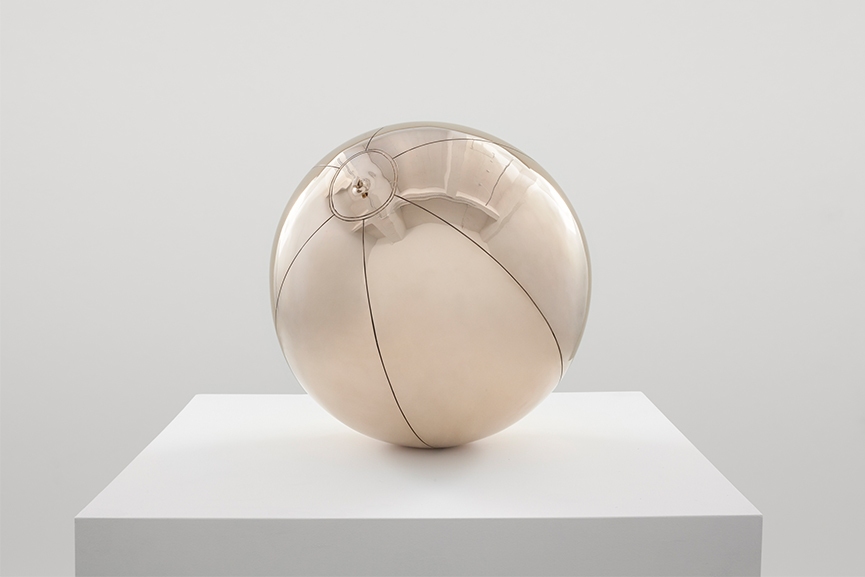
Hong Kong Dominoes: 1–12, 2017

Alligator, 2014

After Rodchenko: 1-12, 1998
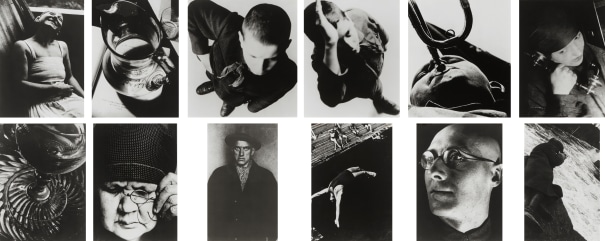
After Duchamp, 1989
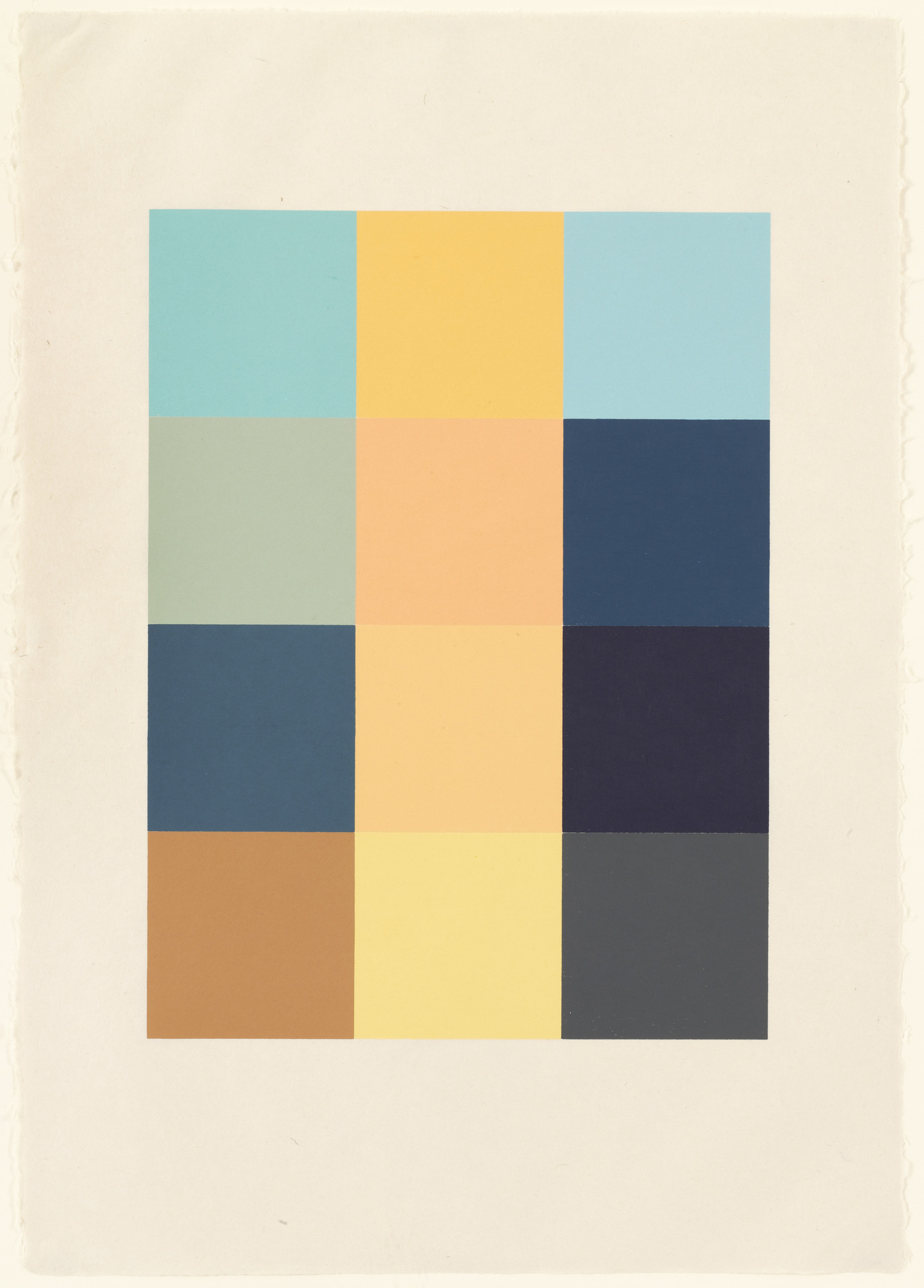
After Mondrian, 1989
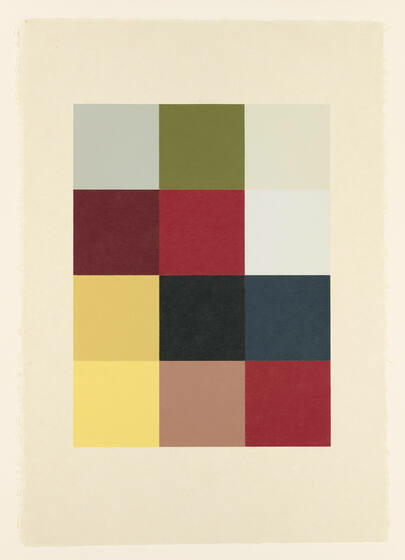
After Monet, 1989
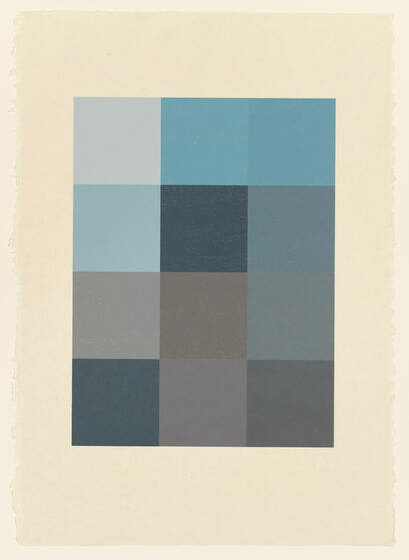
Body Mask, 2007
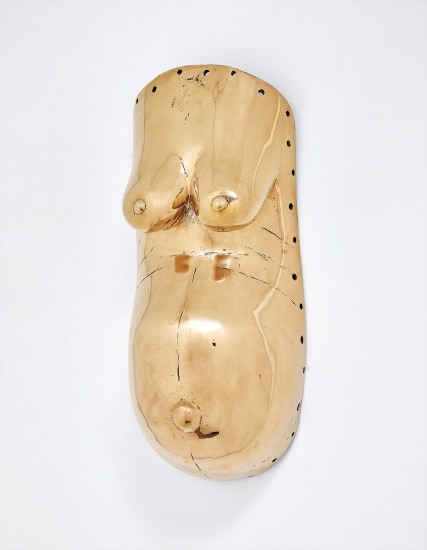
False God, 2007
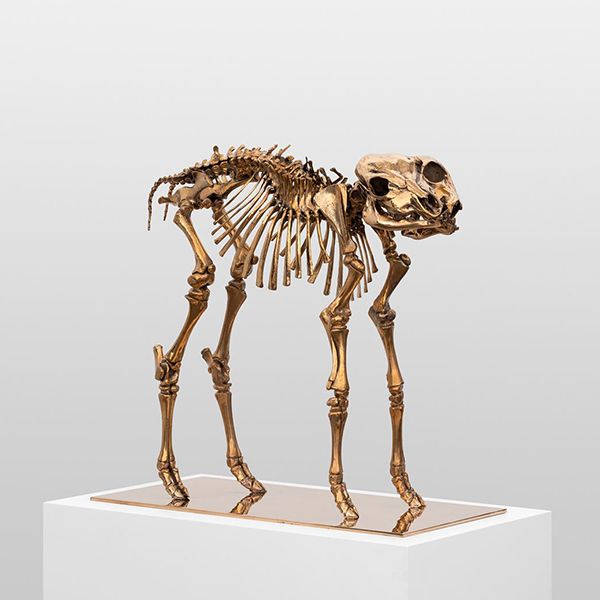
Orange SMEG Refrigerator and Renoir Nudes, 2016

Pink SMEG Refrigerator and Renoir Nudes, 2016

Large Check: 1-12, 1999

Lega Mask, 2010
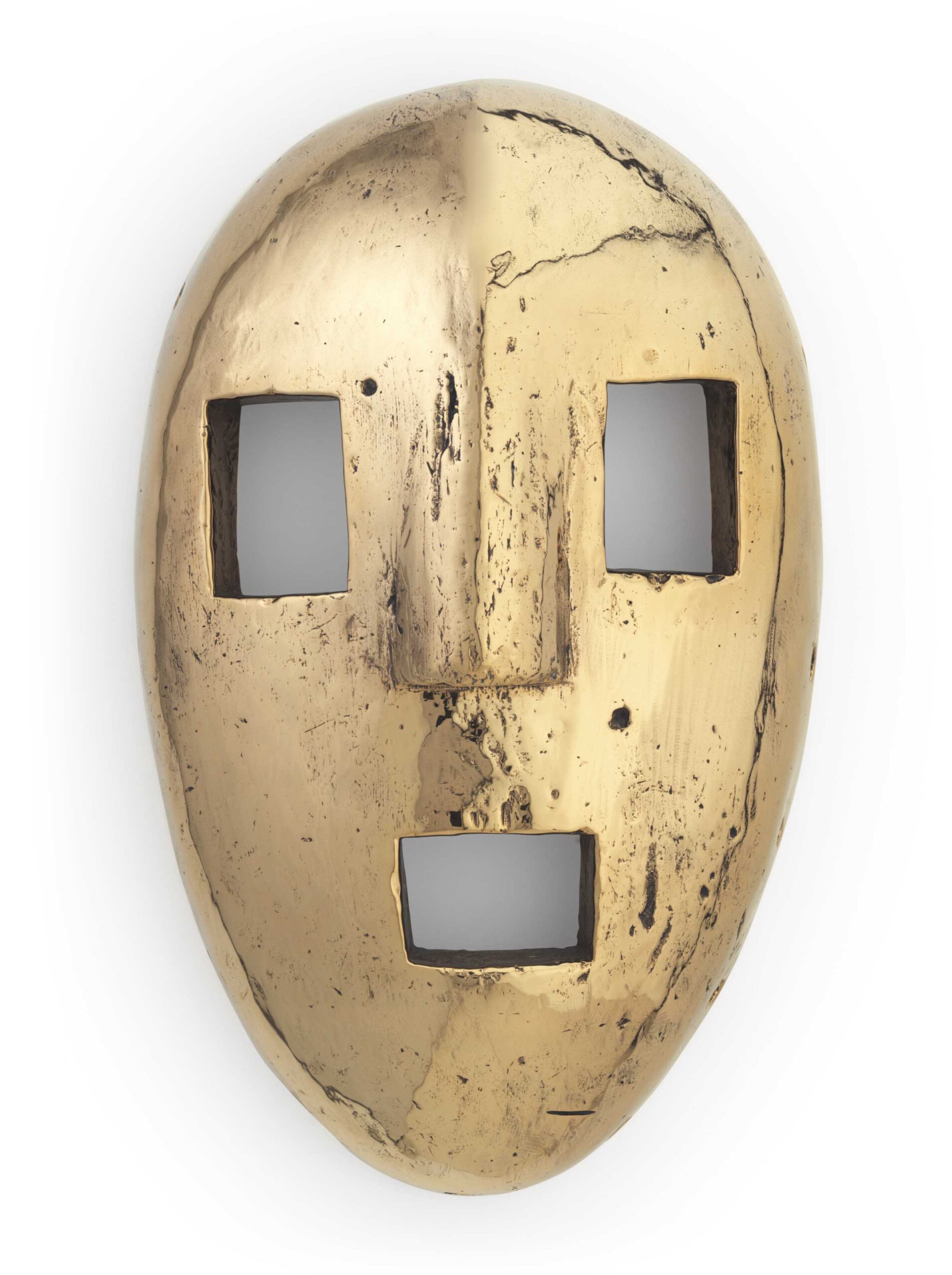
Tree Bark Mask, 2010
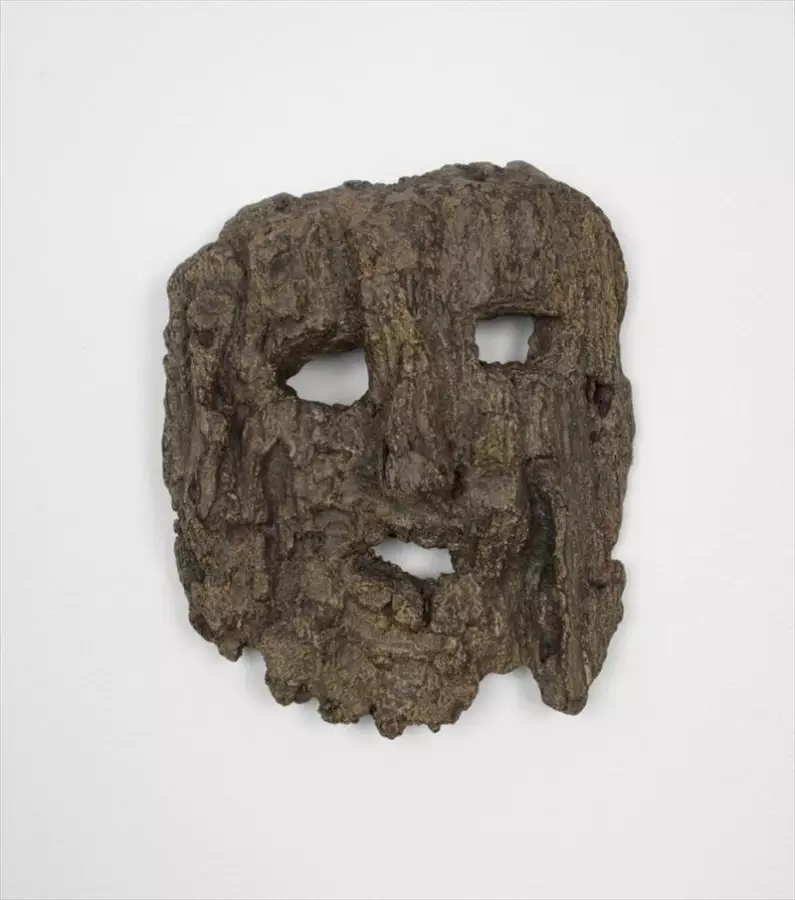
Two Shoes, 1992
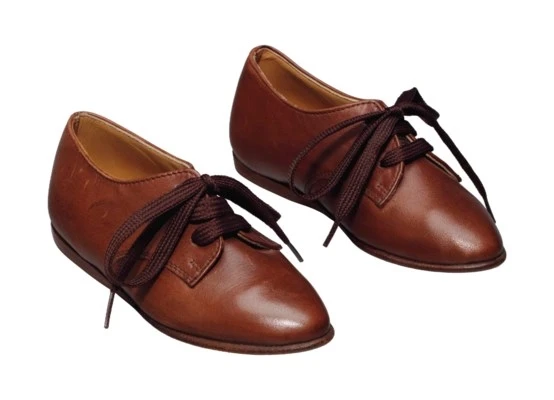
Untitled (Lead Chevron 4), 1987
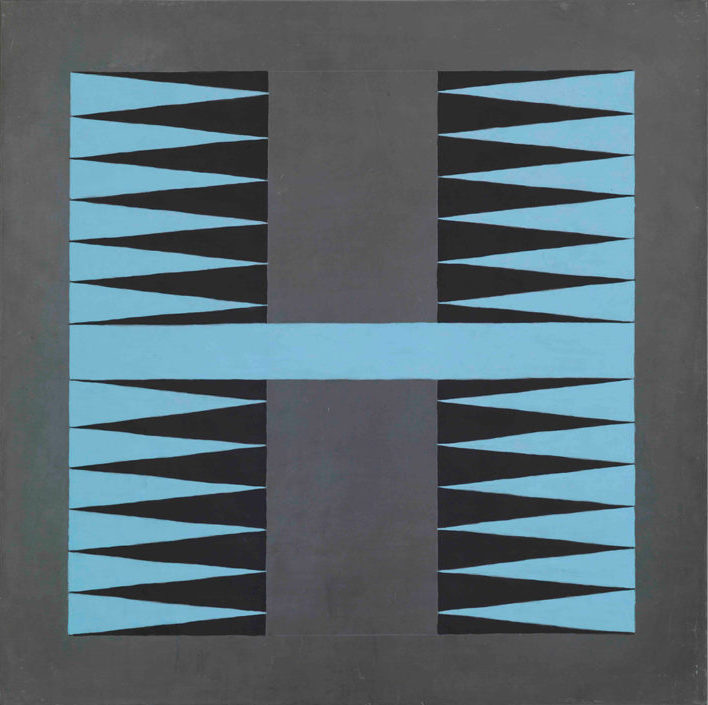
Diary, 2019
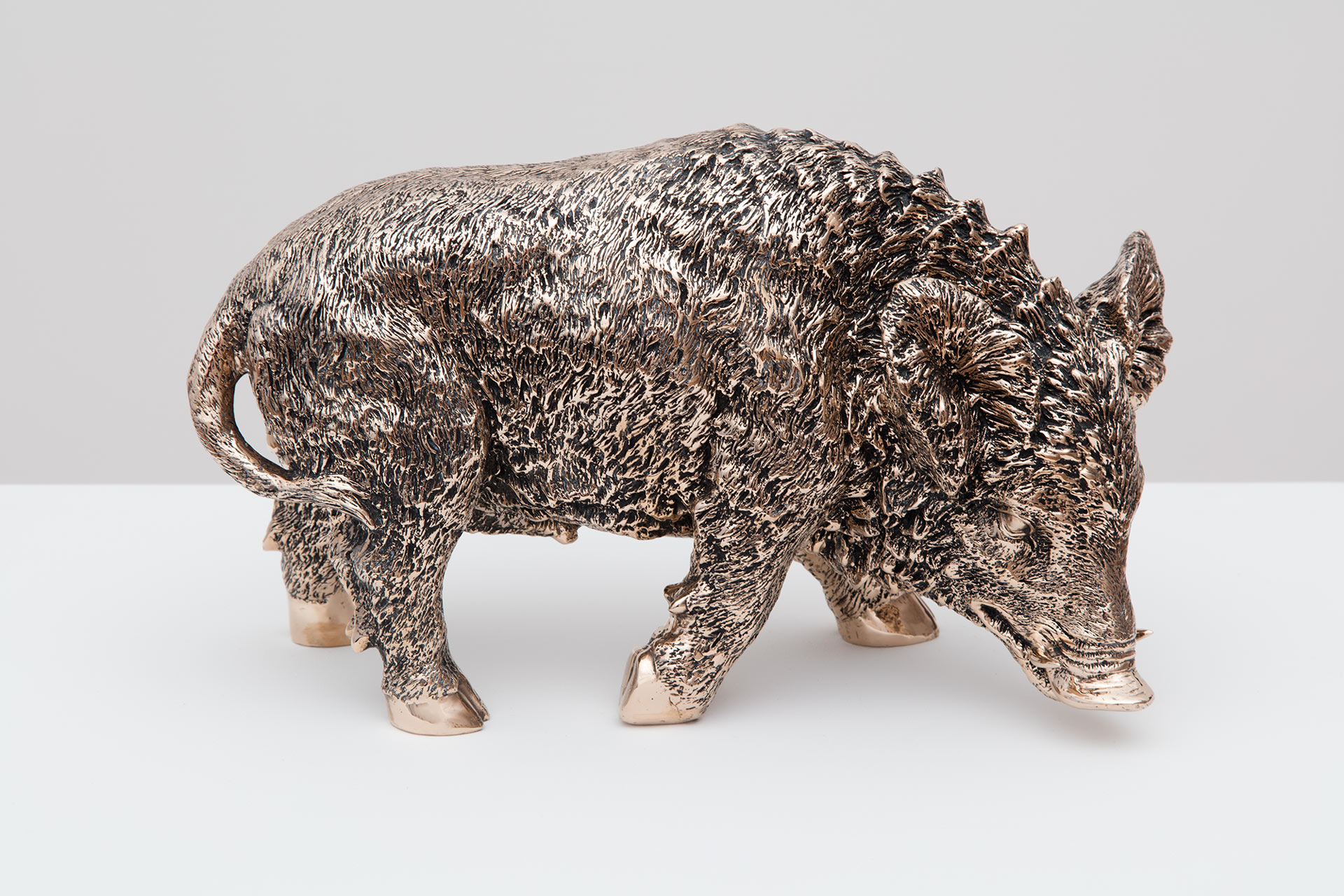
Untitled (Golden Knots: 5), 1987
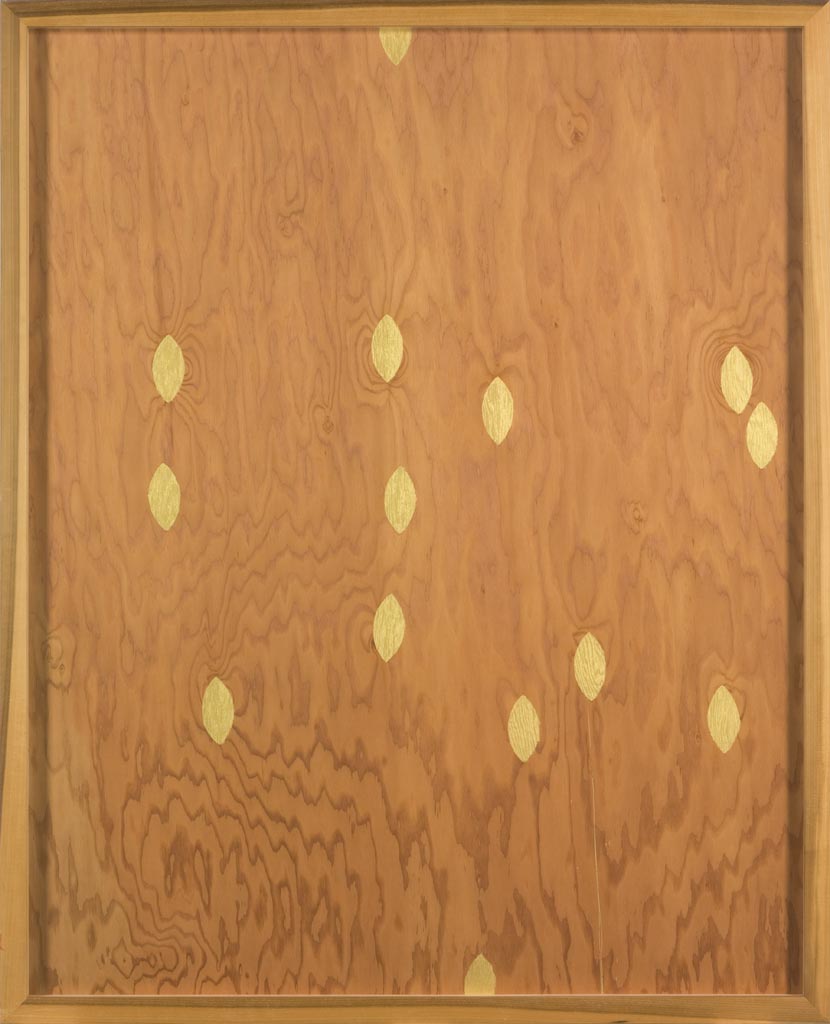
LargePink Knot: 1, 2003
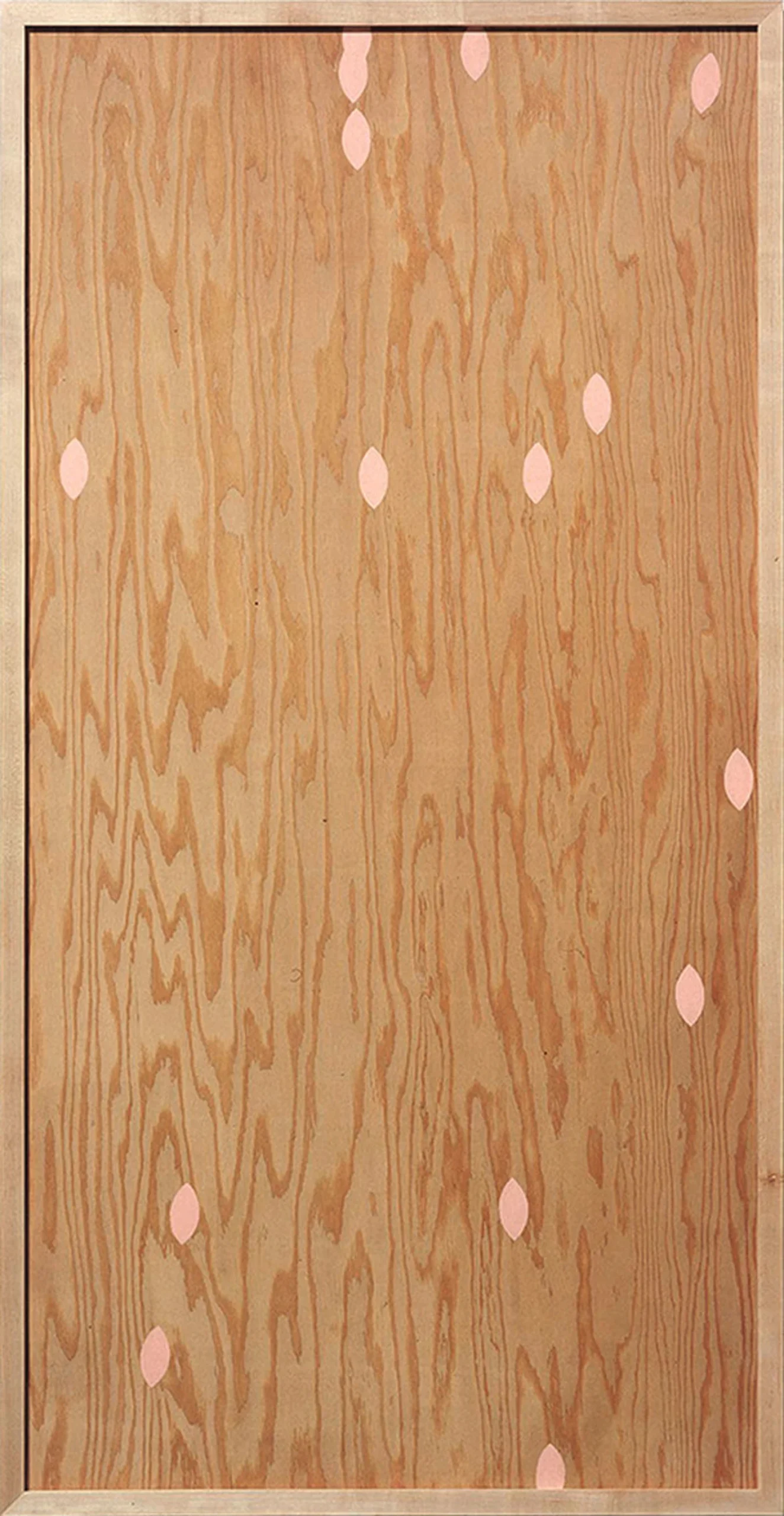
WHITE KNOT #3, 1986
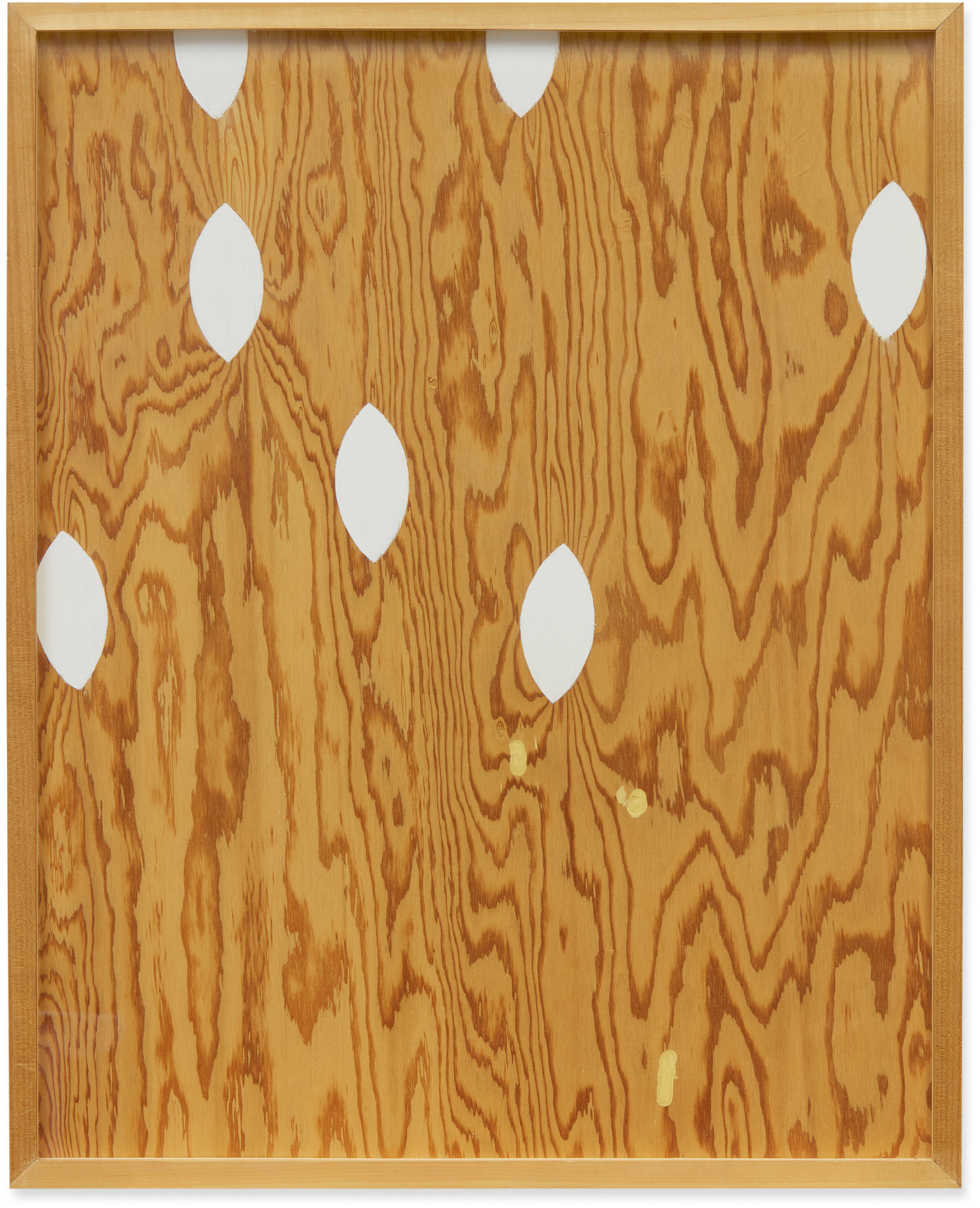
Hobbyhorse, 1996

After Karl Blossfeldt: 3, 1990
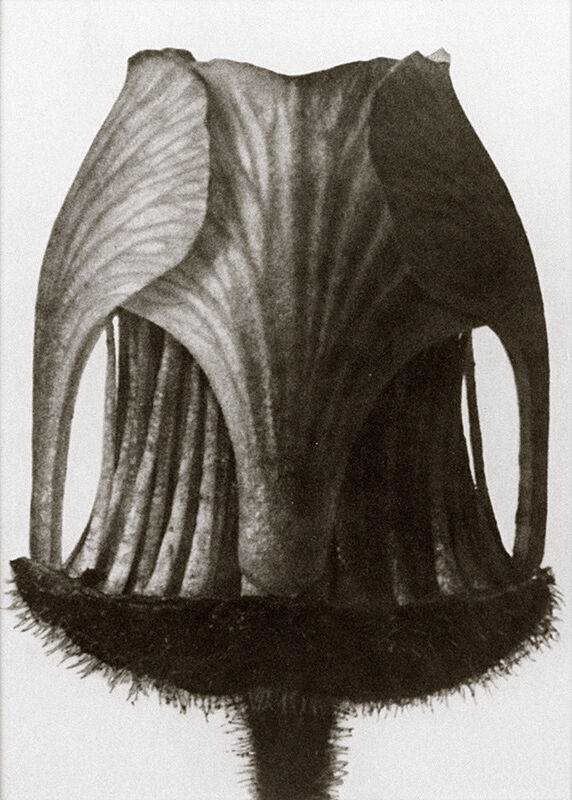
Gottscho-Schleisner Orchids: 9, 1964–1997

After Egon Schiele, 2019
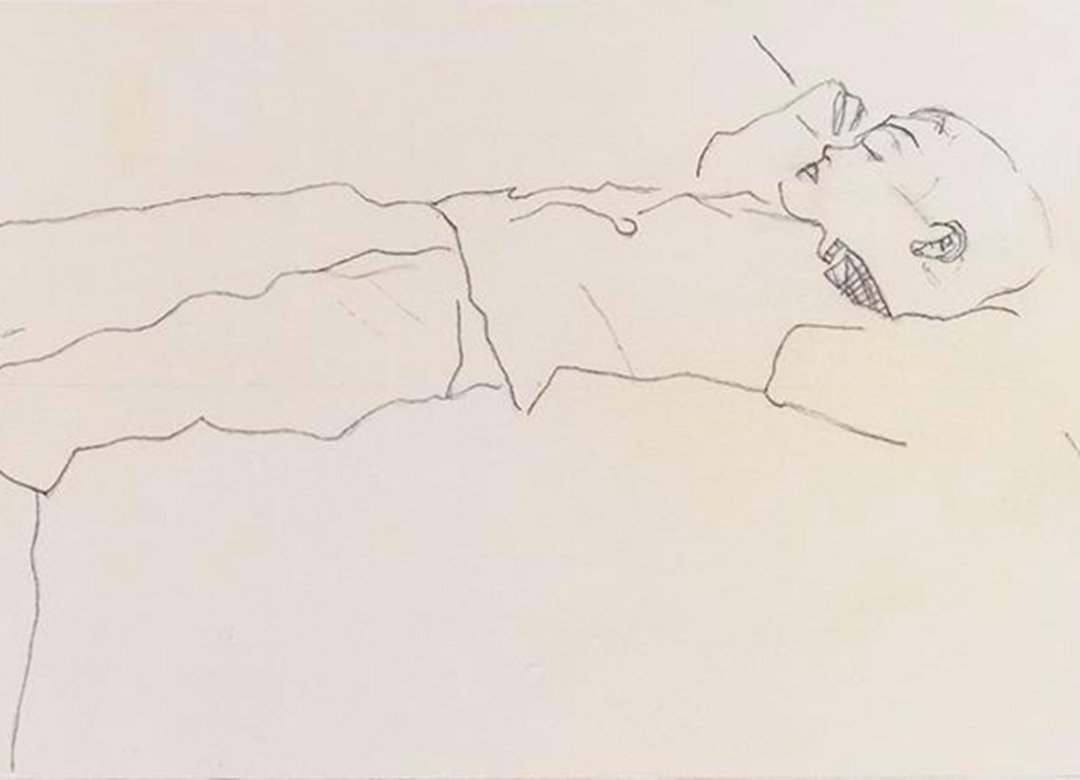
CHIMERA: AFTER A BROKEN LEG: 7 – 12, 1994
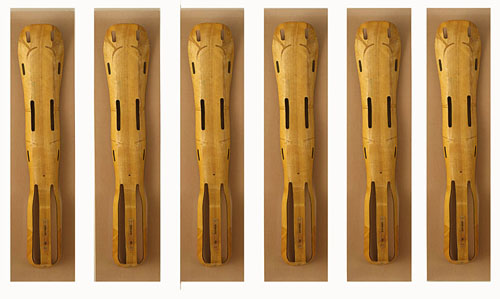
Black and White Bottles: 6, 1992

Loulou, 2004
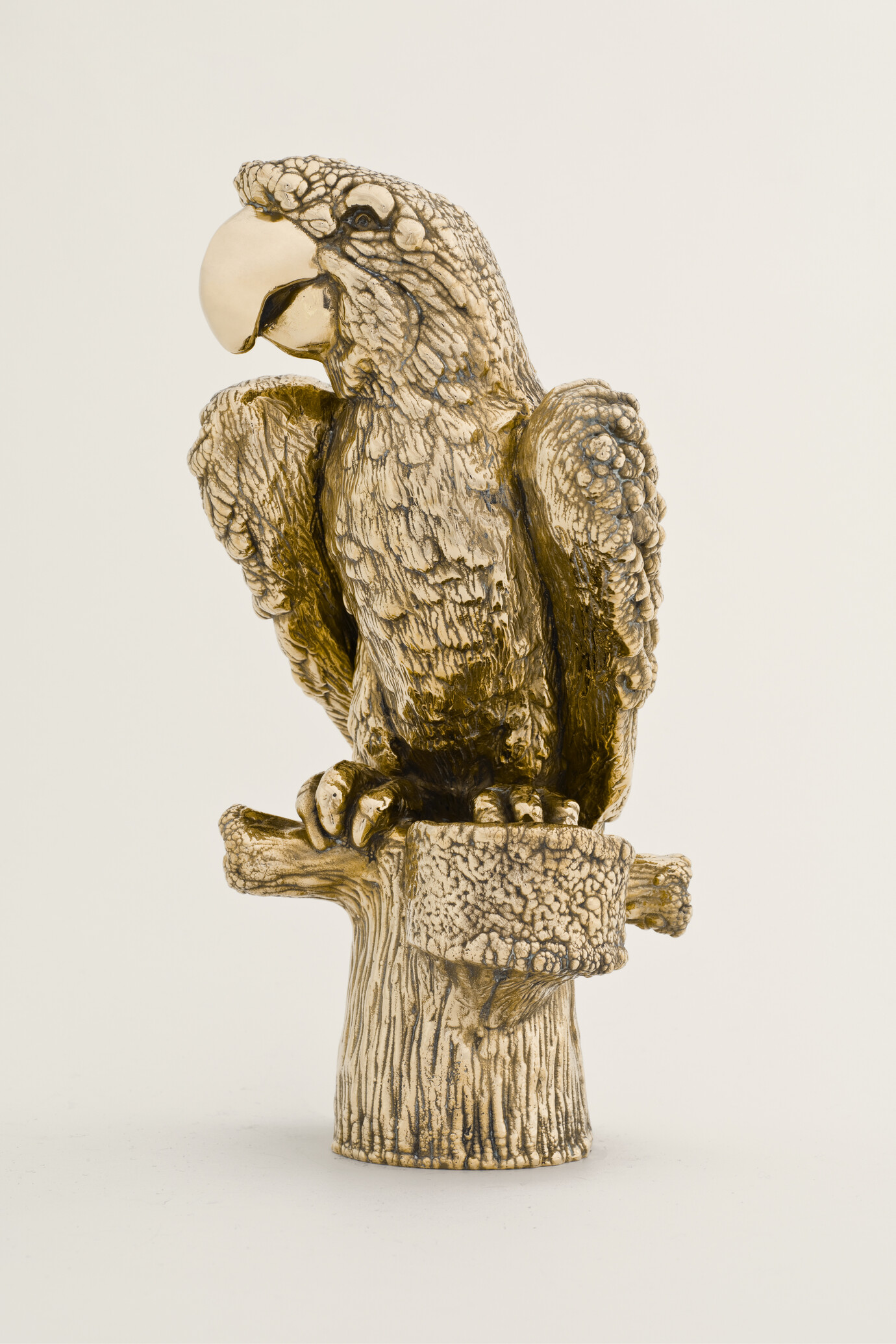
The Three Furies, 2006
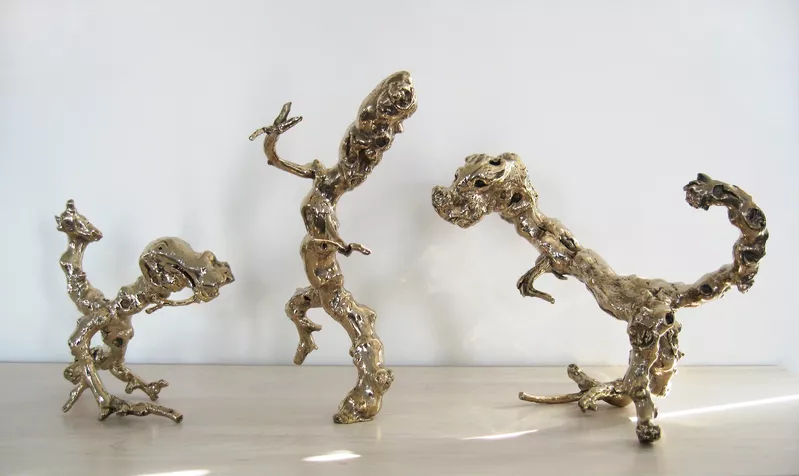
*
p.s. Hey. ** Dominik, Hi!!! Thank you for mediating that scratch. Strangely, snot eating is almost never among the fetishes that the slaves I look at are into. Strange because I can’t think of another bodily fluid-based fluid fetish that isn’t at least a little popular. I think you’re right that an exploratory book about the subject is needed. Maybe some aspiring Phd student will read this and decide that the problem of what to write their dissertation on is solved. Love selling vapeable nightmares, G. ** _Black_Acrylic, Yep, he’s an in-person or get lucky on youtube or Vimeo only kind of filmmaker satis point sadly. I actually watched the Prime Minister Questions thing last night out of curiosity. What an absolute pathologically lying piece of fantasist shit that guy is. Wow. ** Bill, Hi. No, you might be right. I should see if I can search the old blog’s comments and find out. I don’t think I can, though? ** Wow, that was fast. Today my galerie presents a show by an artist whose work floats my particular boat, and possibly some of yours, too? See you tomorrow.




 Now available in North America
Now available in North America 
For me, it’s all about the hand-made work (watercolors, paintings). She really has a fantastic hand. We had a checkerboard painting come through Feature once, and I couldn’t stop staring at it. There was such a luxurious surface I almost wanted to lick it!
Well I spoke too soon. Boris Johnson resigned, though it sounds like he wants to hang on as caretaker. Predictable.
Otherwise it’s been a sad few weeks, on top of the ongoing craziness. Tom Nunn, creative instrument builder, excellent improviser, and all-around nice guy, passed away. And Peter Brook died a few days ago.
Bill
I’d previously just seen pics of Ms Levine’s appropriated photos in art monographs, but never her paintings or sculptures before today. They’re really something! Always nice to find out someone has other strings to their bow.
Word is there’s a heat wave on the way, and today would be a foretaste of that. Not looking forward to this coming weekend, that’s for sure.
Hi!!
Sherrie Levine is a new name for me. I’d welcome False God to my home in a heartbeat. Thank you for the introduction!
It’s strange indeed – that slaves seem to avoid this fetish. I can’t say that I’m particularly saddened by the fact, but it’s strange. Maybe that could be a unique conversation starter, though. “Hey, I can see that you’re into getting bloated like a balloon, but how do you feel about snot?”
Ah, fuck, haha, vapeable nightmares are even better! Very hip! Love biting mosquitos right back, Od.
For Gay City News, I wrote about three films playing in Anthology Film Archives’ “Let’s Talk About Sex” series: https://gaycitynews.com/queer-films-lets-talk-about-sex-series/. It begins tomorrow.
I hope Levine’s AFTER RICHARD PRINCE’S NEW PORTRAITS is in the works.